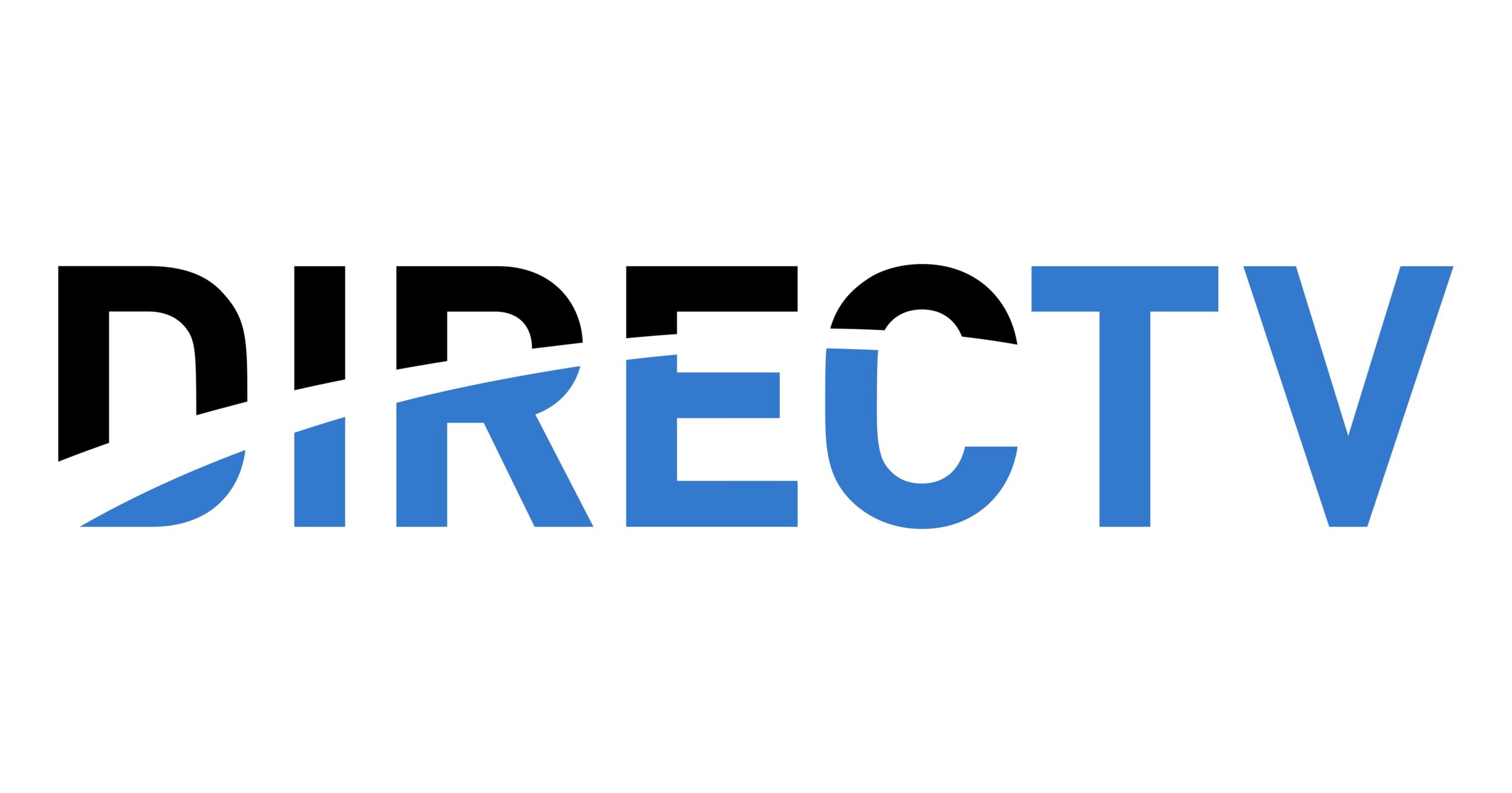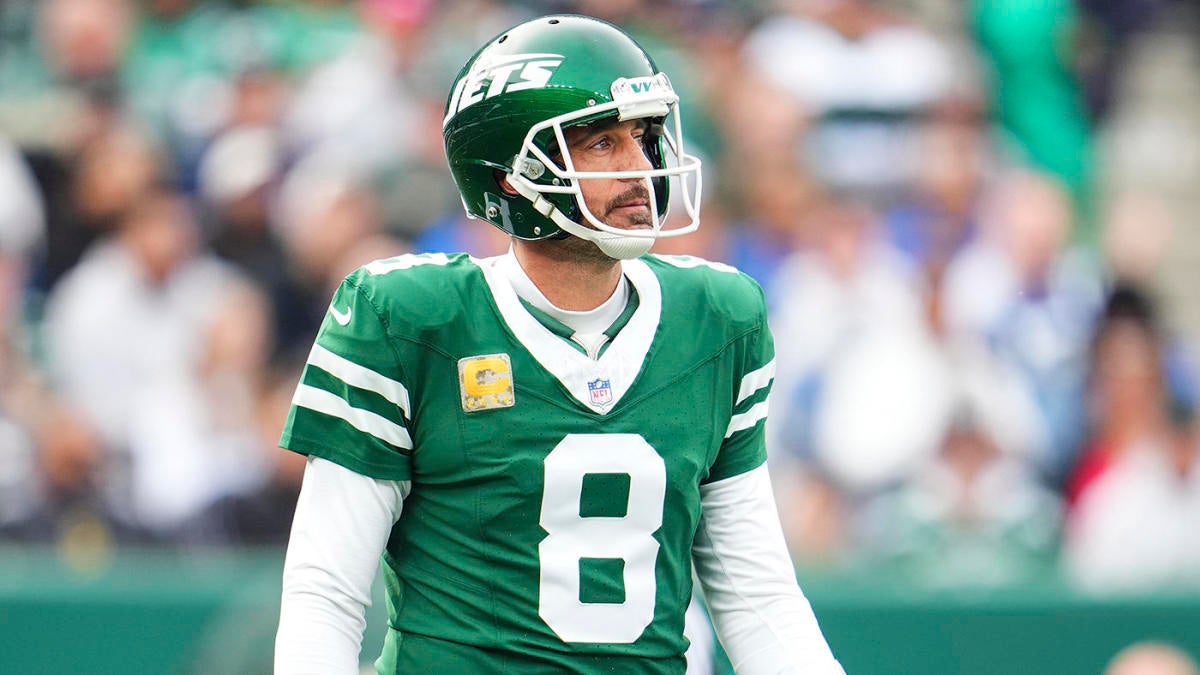Bussiness
CVS is weighing a breakup. What does it mean for the big healthcare business?
With CVS (CVS) reportedly weighing a breakup of its vertical businesses, the healthcare industry could be marching toward the end of an era in integrated businesses.
The reports make CVS the second such vertically integrated retail healthcare company in the US to consider a shift in strategy this year. It could mean a spin-off of health insurer Aetna, pharmacy benefit manager Caremark, or some combination of the two and other verticals.
Walgreens (WBA), its main retail rival, is already pulling out of its retail clinic locations in partnership with VillageMD. This, along with Walmart (WMT) shutting down its retail health locations, has signaled the end of a more consumer-focused approach to healthcare.
CVS’s stock rose to $64 per share on the news of the breakup late Monday after trading down 12% in the past year. It was trading at $61 per share on Tuesday.
The possible move by CVS is one investors are watching with interest. Some are skeptical.
“CVS’ reported decision to pursue a strategic review would not be particularly surprising given the company’s recent execution issues. We have mixed views about a potential breakup of the CVS Health assets,” said Bank of America Securities research analyst Allen Lutz in a note to clients Tuesday.
CVS has long been viewed as the poster child of successful vertical integration. The prospect of a breakup may not bode well for other players.
A key focus of the breakup effort appears to be the underperformance of health insurer Aetna, which CVS acquired in November 2018 for $70 billion, as well as increased government scrutiny on pharmacy benefit managers (PBMs).
For Aetna, the company has seen higher utilization costs hamper Aetna’s margins this year. Insurers typically prefer, and are required by the Affordable Care Act, to keep about 20% of healthcare premiums and spend 80%. If they spend any more, they are viewed as not being able to properly manage costs.
In its second quarter earnings, CVS reported spending 90% of premium dollars in the first six months of the year. That is a jump from 85% for the same period in 2023. The shift is in part due to changes in how the government pays insurers who provide private Medicare plans, known as Medicare Advantage.
“Aetna’s underperformance year-to-date is the main driver of CVS’ weak share price, and it is unclear how much investors would reward that business as a standalone entity, especially on current year or next year’s earnings. Put another way, we think CVS Health could generate substantial shareholder value by improving margins within Aetna over the next few years,” Lutz wrote.
Since acquiring Aetna, CVS has also invested $18.6 billion in primary healthcare services with the Oak Street and Signify acquisitions. The idea was to have all parts work together as part of a greater healthcare business and help control costs, Lutz wrote.
A low point
Investors and other insider experts, who were not authorized to speak on the record, told Yahoo Finance that the fact that Glenview Capital Management founder and CEO Larry Robbins is in the meeting signals the breakup effort is serious.
Robbins was previously involved in the turnaround of large hospital system Tenet Healthcare (THC). The company’s stock has surged 661% in the past five years, trading at $163 per share Tuesday. He has a reputation for coming in with a list of demands, rather than having a more open discussion, according to the insiders.
Jared Holz, Mizuho’s healthcare expert, wrote in a note to clients that with shares up in the morning on the “premise/promise” of a value-unlocking strategy, there is still skepticism around what will happen with CVS’s PBM, Caremark, which enjoys a large market share in the industry. Where would it be housed in the event of a breakup?
Recently, the Federal Trade Commission sued CVS and two other large PBMs, alleging they artificially raised the price of insulin. That pressure on PBMs, paired with employers looking at creative ways to lower costs by using multiple PBMs, has increased pressure on the large players.
“Timing is interesting given some investors are arguing the reports are coming at what seems like a low-point for both the Insurance segment and retail, given inflated procedure volume hitting the former and difficulties across the entire pharma channel at the latter,” Holz said.
One question some insiders have is what this means for vertical integration in healthcare. The only major player left standing now is UnitedHealth Group (UNH), which is facing its own scrutiny from the FTC.
“Will see what Larry [Robbins] and crew can pull off in the meantime,” Holz said.
Anjalee Khemlani is the senior health reporter at Yahoo Finance, covering all things pharma, insurance, care services, digital health, PBMs, and health policy and politics. That includes GLP-1s, of course. Follow Anjalee on most social media platforms @AnjKhem.








